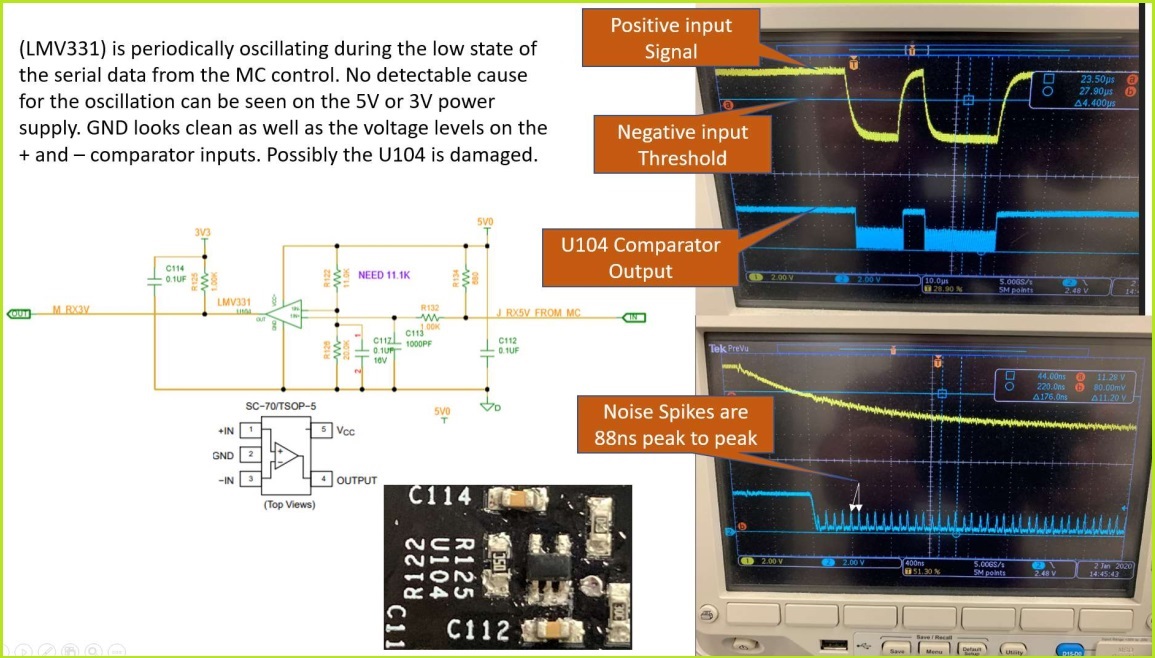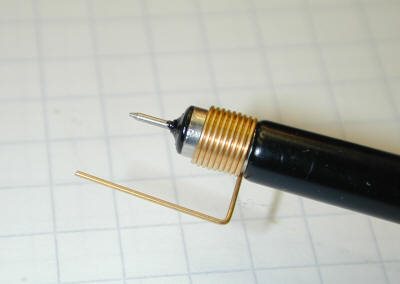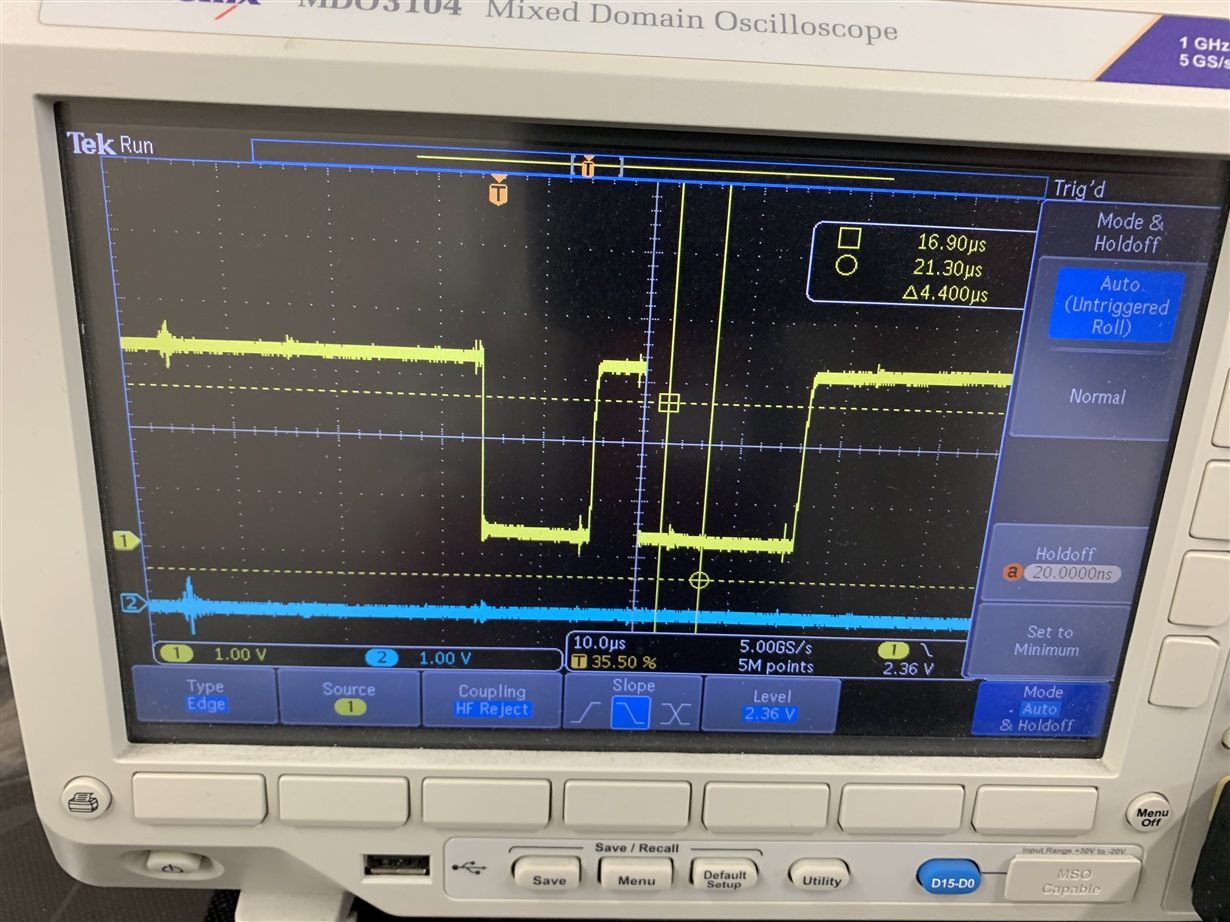Other Parts Discussed in Thread: TL331
I have attached a PDF file that shows a noise issue we are having with the LMV331IDCK. The part has an R2 marking, but I cannot make out the third digit.
The LMV331 is periodically oscillating during the low state of the serial data from a micro-controller. No detectable cause for the oscillation can be seen on the 5V or 3V power supply. GND looks clean as well as the voltage levels on the + and – comparator inputs. Possibly the U104 is damaged. The chip is driving an input port pin of another micro-controller and has no additional load.
The osculation comes and goes and does not happen on every board. I may need this chip analysed to determine root cause. Any help or suggestions would be appreciated.





